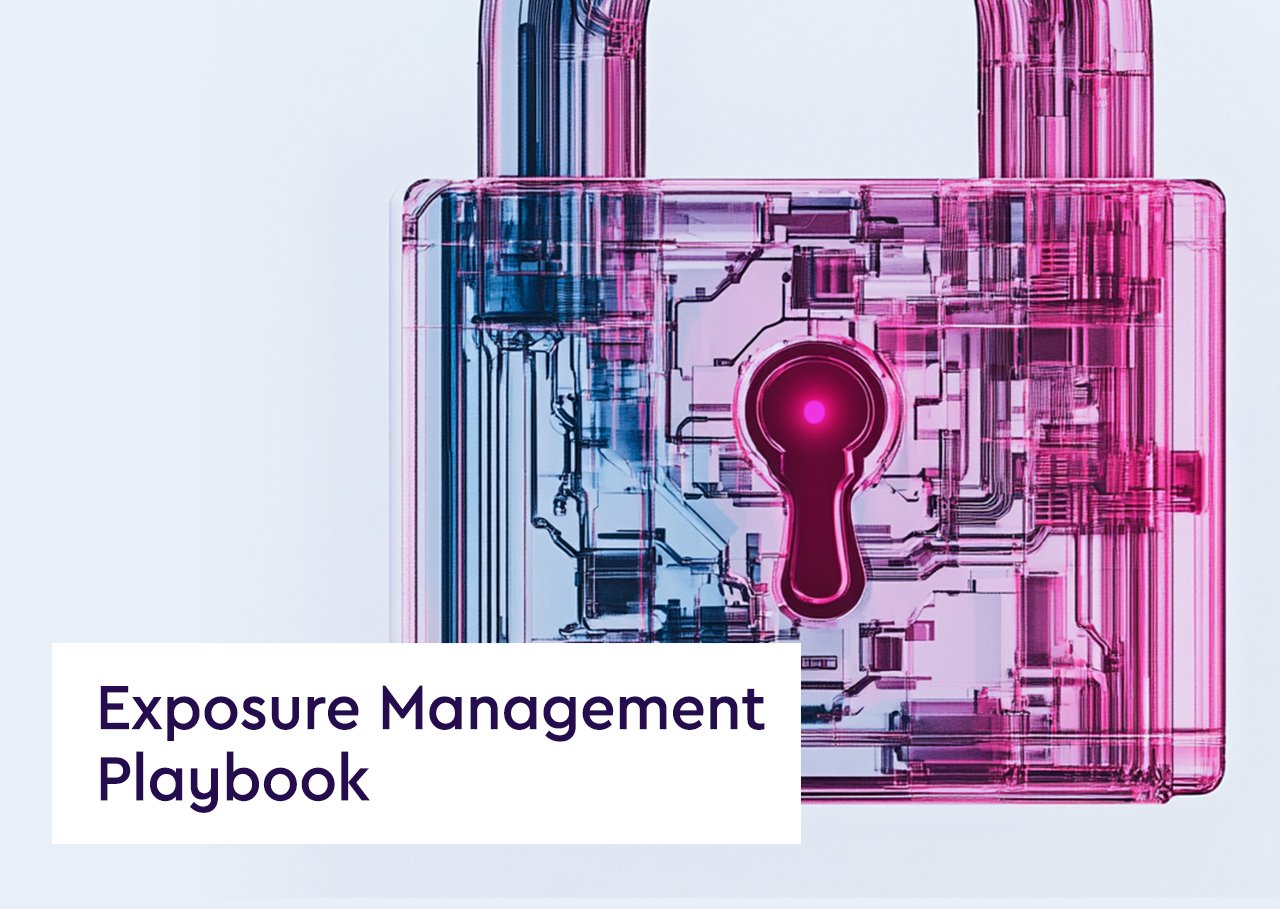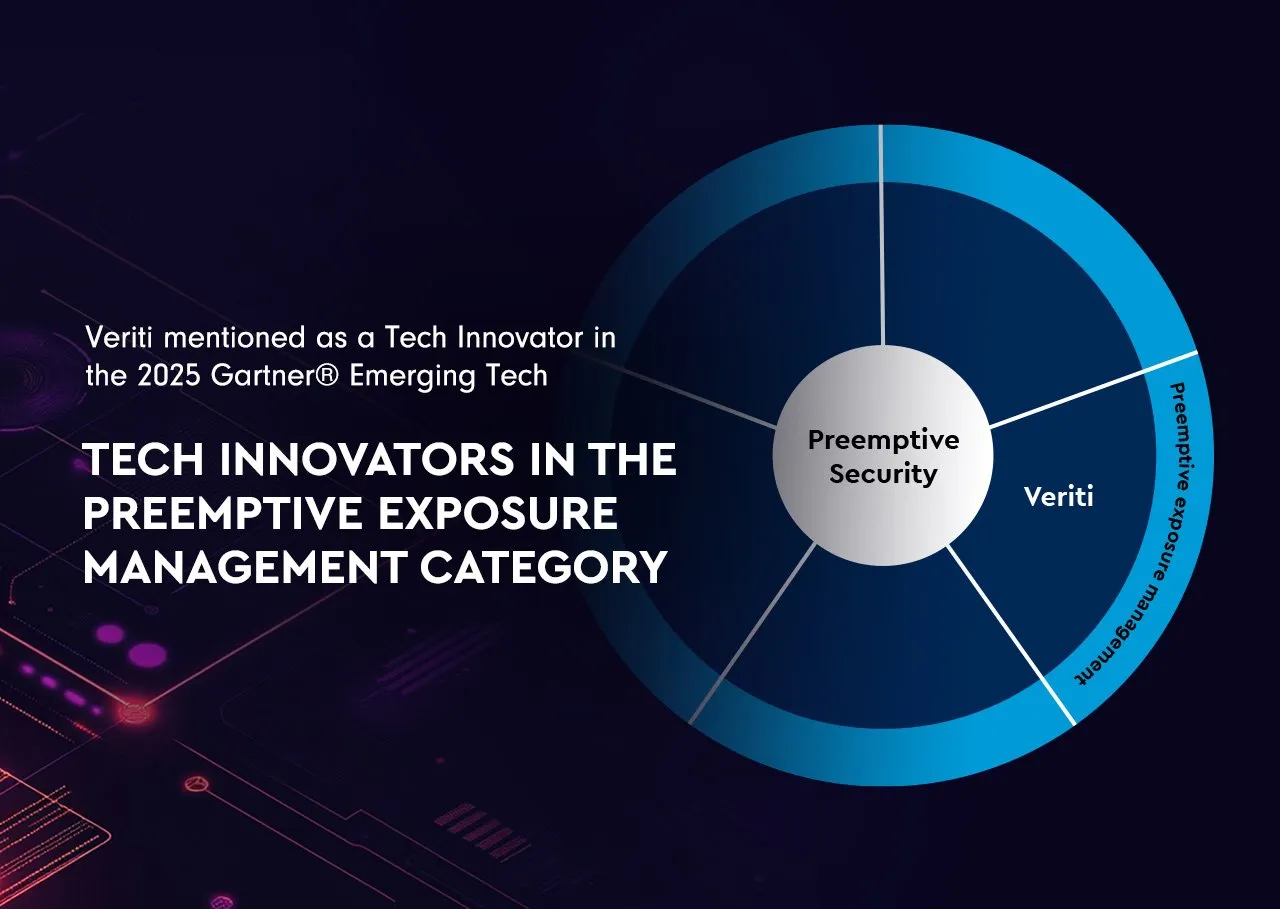Definitions:
- Remediate: In cyber security, remediation refers to the process of completely resolving a security vulnerability or eliminating a threat so that it no longer poses a risk to an organization. Remediation often involves patching software, closing unused ports, changing configuration settings, or upgrading systems to remove vulnerabilities.
- Mitigate: Mitigation, on the other hand, involves implementing measures to reduce the damage or impact of a potential security threat without necessarily eliminating the vulnerability. Mitigation can include adding security controls, adjusting policies, or isolating systems to limit exposure.
Purpose and Approach:
- Remediation aims at the direct and complete resolution of issues. It is a definitive solution to a security problem, ensuring that the vulnerability cannot be exploited.
- Mitigation is about risk management. It reduces the likelihood or impact of a threat but acknowledges that the underlying vulnerability may still exist or that a full remedy may not currently be feasible.
Examples:
- Remediation Example: Applying a security patch to software that fixes a specific vulnerability.
- Mitigation Example: Implementing rate limiting to reduce the impact of a DDoS attack, without actually preventing the attack from occurring.
When to Use Each:
- Remediate when:
- The vulnerability poses a high risk of significant damage or loss.
- Solutions such as patches or fixes are available and can be implemented without causing unacceptable disruptions.
- Long-term security and stability are a priority.
- Mitigate when:
- Immediate fixes are not available, or remediation involves unacceptable business disruption.
- The cost of remediation outweighs the potential risk of the vulnerability.
- The organization needs time to plan and execute a more comprehensive remediation strategy.
Challenges:
- Remediation Challenges:
- Sometimes remediation can be resource-intensive or disruptive to business operations.
- Finding and implementing a fix for every identified vulnerability can be time-consuming and technically challenging.
- Mitigation Challenges:
- Mitigation may require ongoing management and monitoring to remain effective.
- It can sometimes lead to a false sense of security if not paired with efforts to eventually remediate vulnerabilities.
Best Practices:
- Effective Vulnerability Management: Integrating both remediation and mitigation into a comprehensive vulnerability management strategy.
- Prioritization: Using risk assessments to prioritize which vulnerabilities to remediate first and which to mitigate based on the threat landscape.
- Continuous Monitoring: Maintaining vigilance through continuous monitoring to ensure that mitigation measures are effective and that remediation efforts are comprehensive.
Understanding when to remediate and when to mitigate is key to effective cyber security management. While remediation addresses the root cause of vulnerabilities, mitigation manages the risk associated with potential threats. A balanced approach that incorporates both strategies is essential for maintaining robust security defenses and ensuring business continuity.




